
1. Introduction
Gold is a precious metal with high economic value, and its extraction and processing have always been the focus of the mining industry. However, tellurium - bearing refractory gold ores pose significant challenges to traditional gold extraction methods due to their complex mineralogy and the presence of tellurium - related minerals that can encapsulate gold particles, making it difficult for gold to be effectively leached. In response to this issue, a series of experimental studies on strong alkali pretreatment - cyanide leaching of a certain tellurium - bearing refractory gold ore have been carried out.
2. Experimental Methodology
2.1 Ore Sample
The tellurium - bearing refractory gold ore used in this study was collected from [specific source]. The ore sample was characterized by various analytical techniques, revealing its complex composition and the occurrence state of gold and tellurium.
2.2 Experimental Variables
The experiment aimed to investigate the effects of several key factors on the leaching index. These factors included grinding fineness, initial NaOH mass concentration, pretreatment time, and air ventilation rate.
2.2.1 Grinding Fineness
The ore was ground to different particle sizes, and the proportion of - 0.074 mm particles was used to represent the grinding fineness. Different grinding fineness levels were set to study its impact on the subsequent pretreatment and leaching processes.
2.2.2 Initial NaOH Mass Concentration
Varying initial NaOH mass concentrations were applied in the pretreatment stage. The NaOH solution was used to break down the tellurium - related minerals and expose the encapsulated gold particles, and different concentrations were tested to determine the optimal value.
2.2.3 Pretreatment Time
The time of strong alkali pretreatment was also an important variable. Different pretreatment durations were set to explore how the reaction time affected the decomposition of minerals and the subsequent leaching of gold.
2.2.4 Air Ventilation Rate
During the pretreatment process, air was introduced into the reaction system at different rates. The air ventilation rate was adjusted to study its role in promoting the oxidation reaction and improving the leaching efficiency.
2.3 Experimental Procedure
The ore sample was first ground to the required fineness. Then, it was mixed with a certain concentration of NaOH solution in a reactor. The reactor was equipped with a stirring device to ensure uniform mixing, and the stirring speed was set at 700 r/min. Air was continuously introduced into the reactor according to the set ventilation rate. After the pretreatment for a specific time, the cyanide leaching process was carried out under the conditions of a pulp concentration of 33%.
3. Experimental Results
3.1 Small - Scale Experimental Results
In the small - scale experiments, under the optimal conditions of a grinding fineness of - 0.074 mm accounting for 96%, an initial NaOH mass concentration of 50 g/L, a pretreatment time of 16 h, and a pulp concentration of 33%, the gold leaching rate of this tellurium - bearing refractory gold ore was significantly increased. The original gold leaching rate was around 40%, but after the strong alkali pretreatment - cyanide leaching process, it could reach about 80%.
3.2 Production Practice Results
The results of production practice were consistent with those of small - scale experiments. In the actual production process, when the same optimal conditions were adopted, the gold leaching rate could also be increased from about 40% to about 80%, which effectively improved the recovery of gold from the tellurium - bearing refractory gold ore.
4. Discussion
The strong alkali pretreatment process can effectively decompose the tellurium - related minerals in the ore. The high - concentration NaOH solution reacts with the minerals, breaking the encapsulation of gold particles by tellurium - bearing minerals. During the pretreatment process, the introduction of air promotes the oxidation of some substances, which is beneficial to the subsequent cyanide leaching. The appropriate grinding fineness ensures that the ore particles are fully exposed to the NaOH solution and cyanide solution, improving the reaction efficiency. The optimal pretreatment time and NaOH concentration provide the necessary reaction conditions for the decomposition of minerals and the exposure of gold.
5. Conclusion
The research on strong alkali pretreatment - cyanide leaching of tellurium - bearing refractory gold ore has achieved good results. The combined process can significantly improve the gold leaching rate of this type of ore. The results of this study have important reference significance for improving the recovery and utilization value of similar tellurium - bearing gold ores. In future work, further research can be carried out to optimize the process parameters, reduce production costs, and improve the environmental friendliness of the process, so as to promote the more efficient development and utilization of tellurium - bearing gold ore resources.
- Random article
- Popular articles
- Popular comments
- Tin ore gravity+flotation process
- Tin ore flotation+gravity separation+magnetic separation process
- Gravity combined beneficiation process for black and white tungsten ore
- Sulfide Ore Nickel Ore Mixed Flotation Process
- Combined process of laterite nickel ore selection and smelting(oxidized ore)
- Lithium ore reverse flotation process
- Processing Lithium Ore: Artificial Selection, Gravity Separation, Flotation

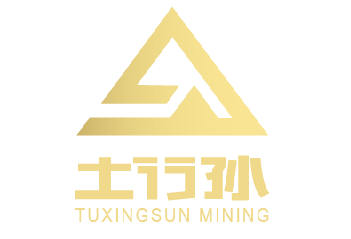

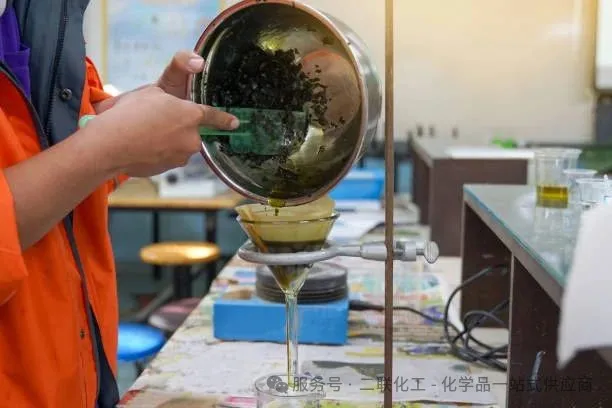
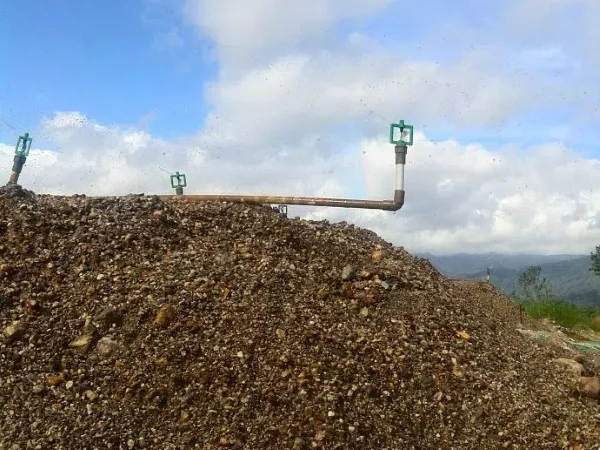
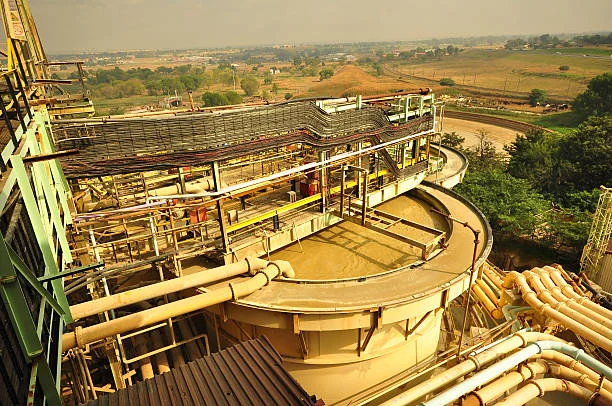

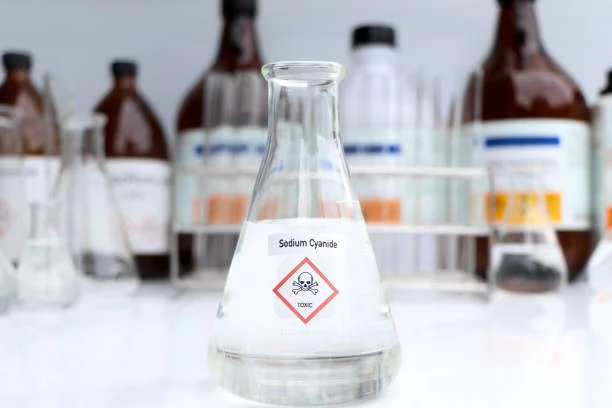

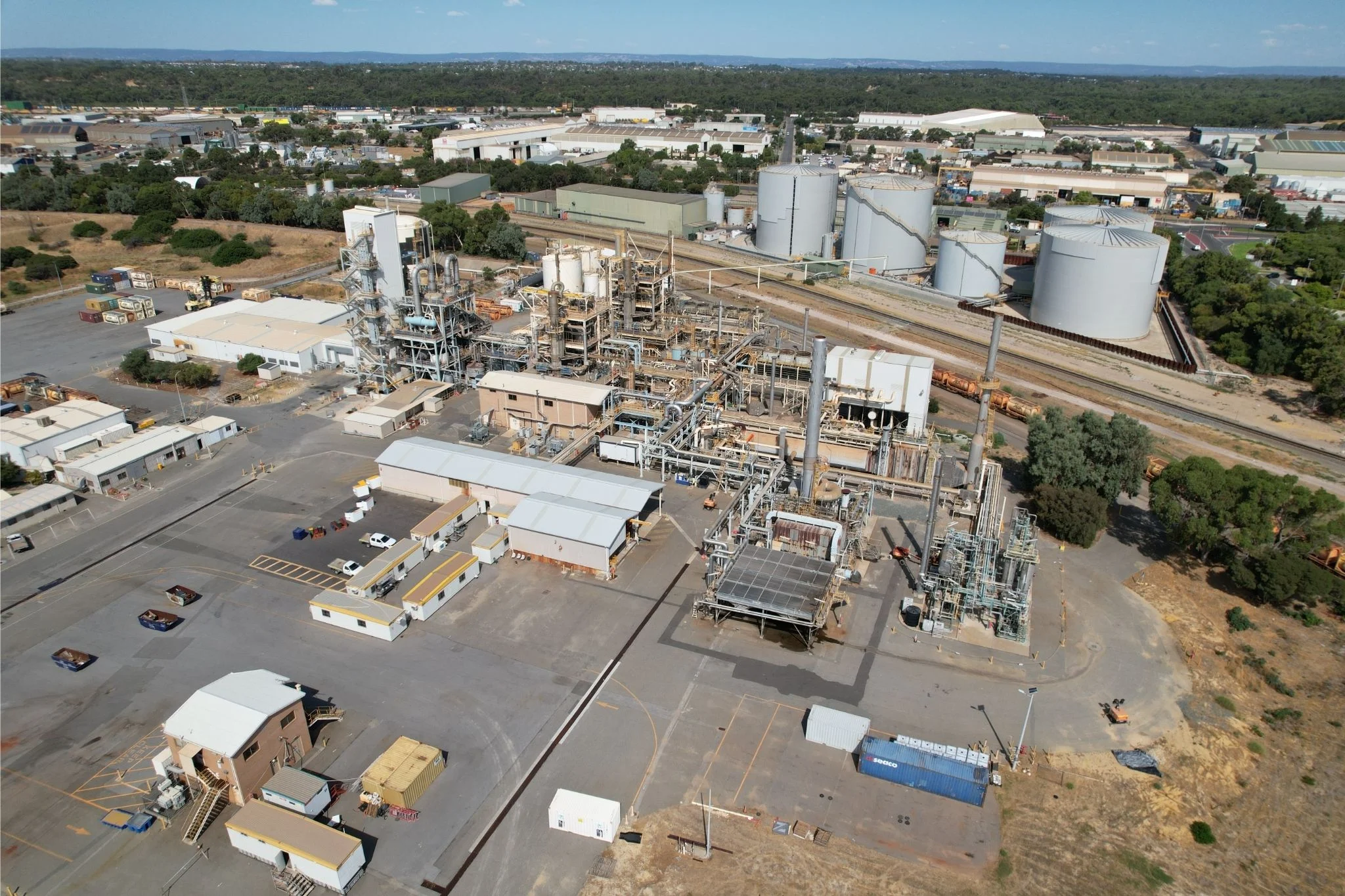



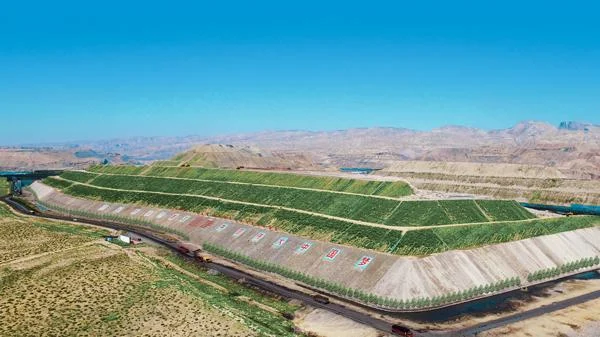

Leave a message with your needs or comments
Add comment: